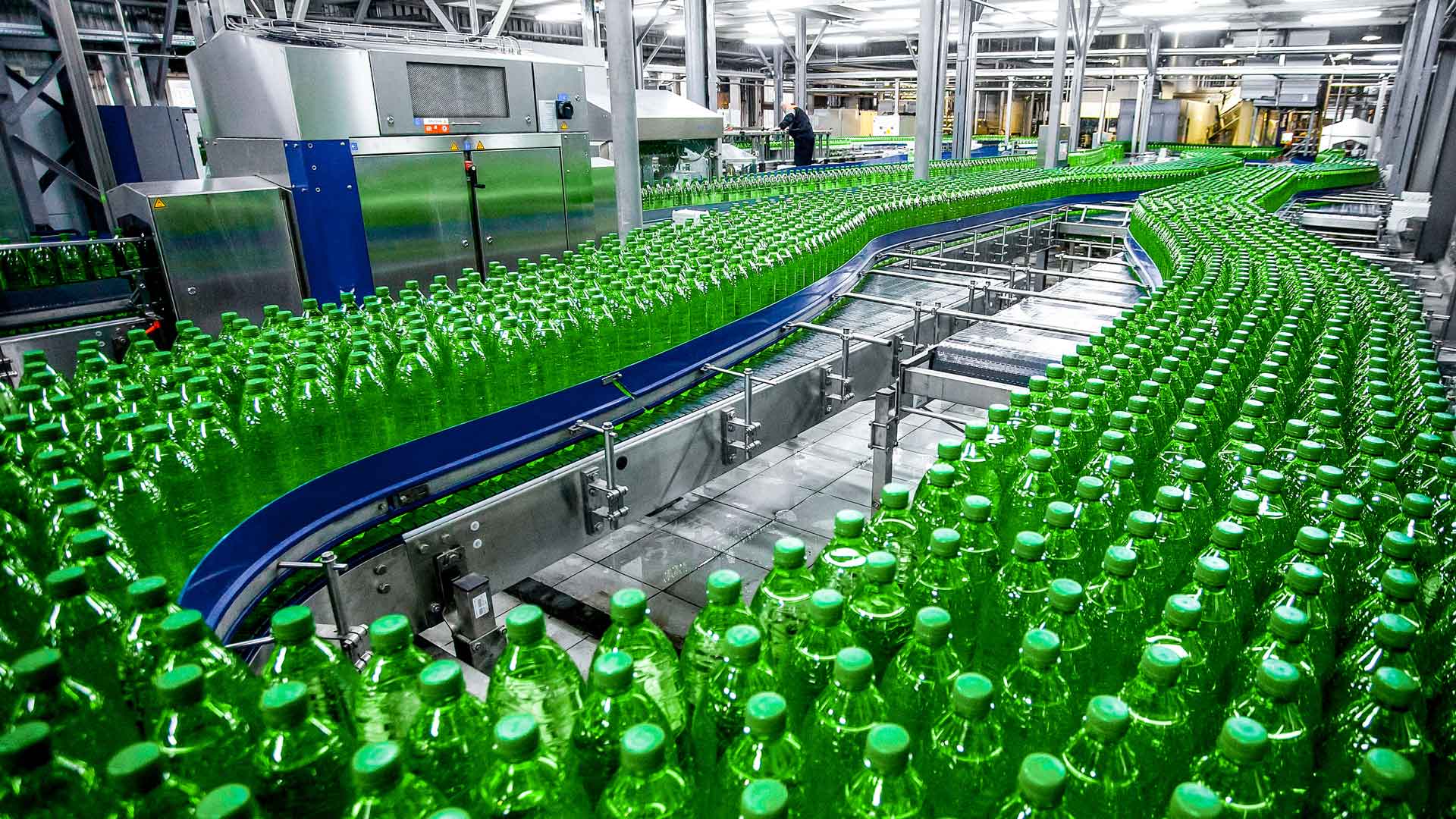The beverage industry is a massive and diverse sector that encompasses a wide range of Foodtips.ca/ products, from bottled water and soft drinks to coffee, tea, and alcoholic beverages. It is a global industry with a value of over $1 trillion, and it employs millions of people around the world.
The beverage industry is constantly evolving, driven by changing consumer preferences and technological innovation. In recent years, there has been a growing demand for healthier and more sustainable beverage options. This has led to the rise of new categories such as functional beverages, plant-based beverages, and craft beers.
At the same time, the beverage industry is facing a number of challenges, including rising input costs, supply chain disruptions, and increasing competition from new entrants. However, despite these challenges, the beverage industry remains a dynamic and innovative sector with significant opportunities for growth.
Trends in the Beverage Industry
Some of the key trends driving growth in the beverage industry include:
- Health and wellness: Consumers are increasingly looking for healthier beverage options. This has led to the rise of functional beverages, such as sports drinks and energy drinks, as well as plant-based beverages, such as almond milk and soy milk.
- Sustainability: Consumers are also becoming more concerned about the environmental impact of their consumption choices. This has led to a growing demand for sustainably produced beverages.
- Personalization: Consumers are demanding more personalized beverage experiences. This is leading to the rise of craft beverages, such as craft beer and craft coffee, as well as customized beverage products.
- Convenience: Consumers are increasingly looking for convenient beverage options. This is leading to the growth of ready-to-drink (RTD) beverages, as well as on-demand delivery services.
Challenges in the Beverage Industry
Some of the key challenges facing the beverage industry include:
- Rising input costs: The cost of raw materials, such as sugar and packaging, has been rising in recent years. This is putting pressure on beverage companies’ margins.
- Supply chain disruptions: The COVID-19 pandemic has caused significant disruptions to the global supply chain. This has made it difficult for beverage companies to source the raw materials they need and to deliver their products to market.
- Increasing competition: The beverage industry is highly competitive, and new entrants are constantly emerging. This is making it difficult for beverage companies to maintain their market share.
Opportunities in the Beverage Industry
Despite the challenges, the beverage industry remains a dynamic and innovative sector with significant opportunities for growth. Some of the key opportunities include:
- Emerging markets: Emerging markets such as China and India offer significant growth potential for the beverage industry. These markets have large and growing populations with rising disposable incomes.
- New product development: Beverage companies can create new growth opportunities by developing new and innovative beverage products. This could involve developing new flavors, new packaging formats, or new functional beverages.
- E-commerce: E-commerce is growing rapidly, and it offers beverage companies a new channel to reach consumers. Beverage companies can leverage e-commerce to sell their products directly to consumers and to reach new markets.
Conclusion
The beverage industry is a large and diverse sector with a global reach. The industry is constantly evolving, driven by changing consumer preferences and technological innovation.


